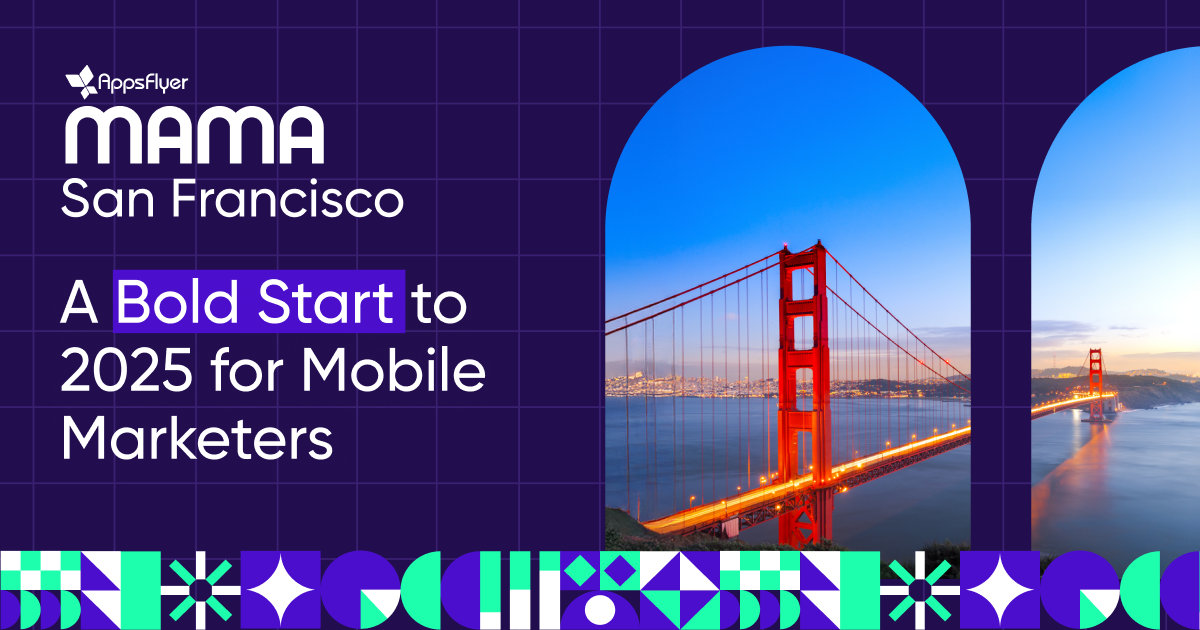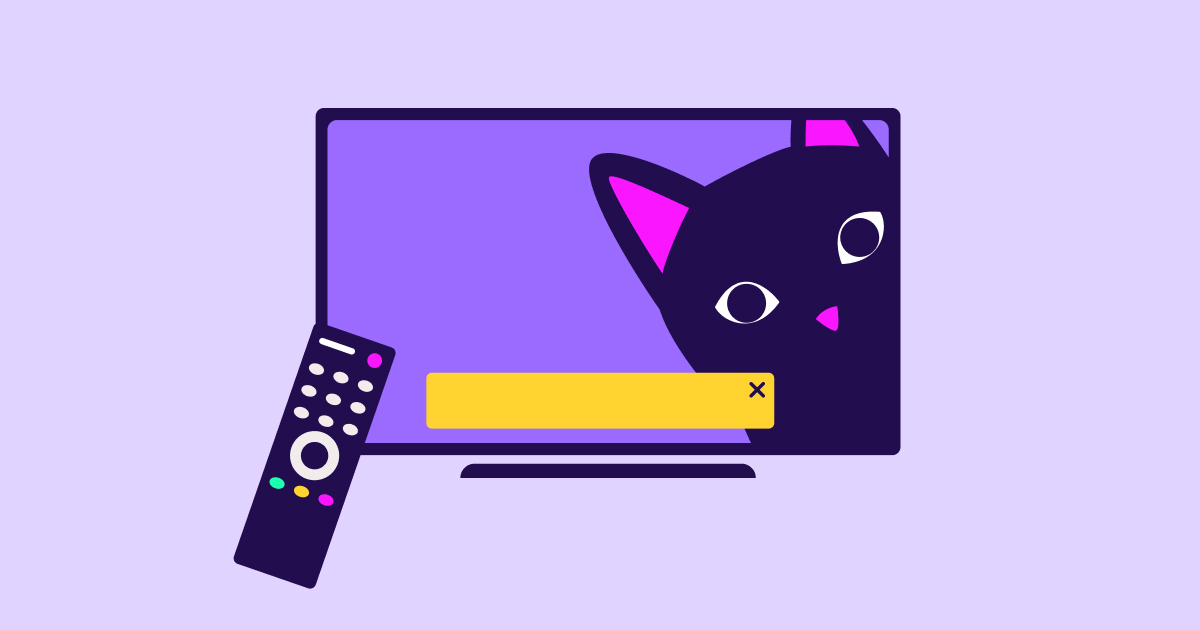
All you need to know about content marketing for apps
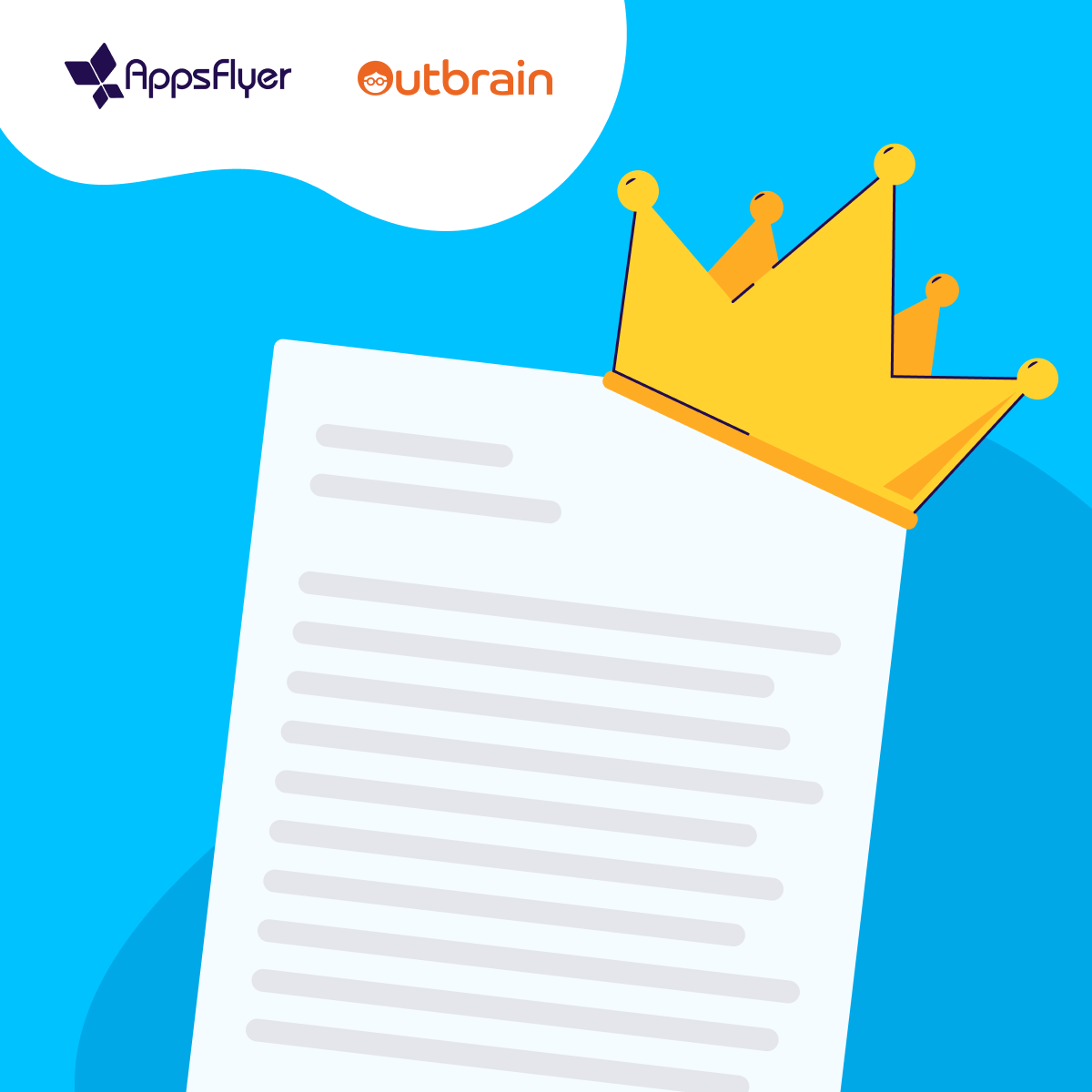
As every app developer knows, it’s an overcrowded marketplace. And that’s an understatement.
By 2018, there were over 2 million apps available in the App Store. App owners are competing ferociously for market share. And what that really means is that they are competing for audience mind share. If you own an app, then you are going to be spending a lot of resources trying to capture potential users’ time and attention.
This is exactly where content marketing comes into play. According to research from the Content Marketing Institute, content marketing costs 62% less than outbound marketing, and brings in 3X more leads. When done well, content marketing works. That’s why 86% of B2C marketers use content marketing as part of their overall strategy.
So let’s get down to business with an all-you-need guide to content marketing your app.
Define your audience and goals
Any content strategy must be based on two key parameters: target audience and business goals. Without these, your content is blowing in the wind, without purpose or endpoint.
The best way to get started is with brainstorming. Then, work from there to refine your answers. Here are some questions to kick off the process:
Who is the user base for your app? Where are they located? What age groups? What are their other interests? How will they use your app? Why would they use your app? What’s your target download rate in the first three months? What retention rate are you aiming for?
The answers to these questions are the foundation of your content marketing plan. They will also help you to measure the performance of your content marketing further down the road.
Here’s an example of targeted content done well.
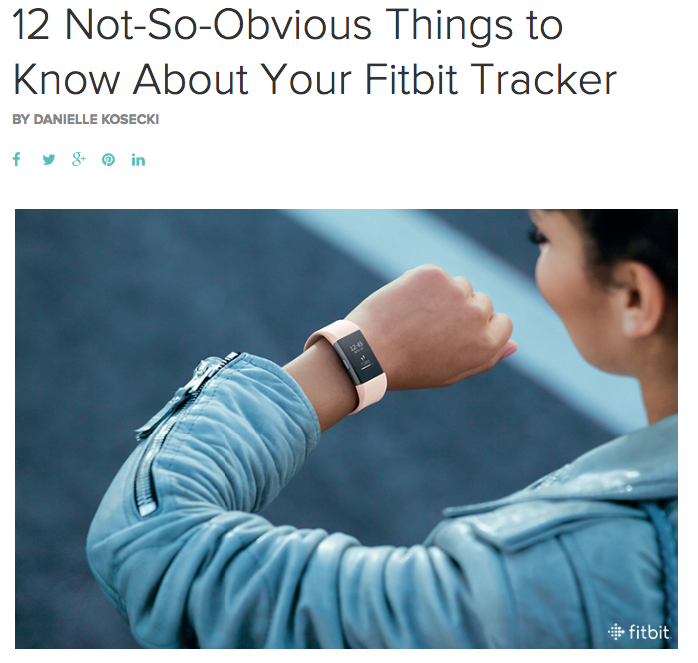
Fitbit is a company that produces wearable technology devices to help people record their exercise, diet and sleep habits. It’s designed for people who are interested in healthy living, fitness training and personal motivation.
A quick look at the Fitbit blog shows just how aligned their content is with their target audience. The blog covers everything from yoga positions, to men’s health screening, healthy recipes and Fitbit app hacks. When your audience is well defined at the outset, it will give you focused direction for your content.
App store optimization (ASO)
Much the same way that SEO drives engagement with your website, ASO drives installs of your app. Content is key to this process.
Although the use of content is very restricted within the app store itself (basically your title and app description), you can and should leverage content from your other online assets, such as your website, blog or landing pages, to build awareness of your app, and drive traffic to your app store download page.
Create great content
According to data from the Content Marketing Institute, the top types of content used by B2C marketers are social media content and blogs. Chances are these are strong players in the content marketing plan for your app, but don’t limit yourself to just these. Feel free to get creative and try out different tactics.
In the meantime, here are a few tips to help you create rock-solid performing content:
Longer form content performs better
A study of 1 million online articles showed that longer content of over 1000 words consistently got more likes and shares on social media than short form content. But it’s not just a matter of churning out the word count.
Long form content that performs well does so because it is valuable, relevant and offers good insights for the reader. When creating content to market your app, make sure it relates in a concrete, usable way to the purpose of your app, so the user can flow naturally from consuming your content to clicking on the CTA.
Consistency is key
Blogging is not a once-in-a-while hobby. In order to succeed, blogging must be consistent and regular. This is not an easy feat. It means staying on top of the latest trends and hot topics in your app’s industry, and and providing high quality, authoritative content that people want to share.
Interactive content performs really well because it involves and entertains the user in a way that static text never could. There’s a reason why more than 80% of content marketers surveyed said that interactive content was better at grabbing readers’ attention.
A similar number said that interactive content was reusable and encouraged repeat visits. So it’s not just great for boosting app downloads. It’s also a worthwhile tactic for keeping your users engaged with your app after the download. So consider using quizzes, games, surveys, infographics and calculators to engage your target audience.
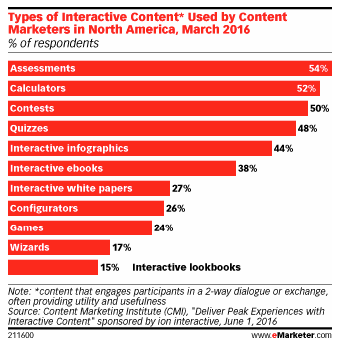
Distribute your content
Now that you’ve got the content, you need to get it out there to the target audience. When it comes to content marketing your app, there are three key channels you should be using:
Social media
Social media platforms, such as Facebook, Instagram and Snapchat, are a top choice for customer interaction with brands. 95% of adults online follow a brand on social media. And with 2.56 billion social media users on mobile worldwide, social media is a top priority for content distribution.
Social media is a great platform for boosting organic and paid reach. You can do this by posting and promoting your content across your social media accounts. Be sure to include powerful calls to action, whether it be downloading your app or clicking through to a landing page.
Content discovery
Content discovery is a very effective way to distribute content, with higher page views and lower bounce rates than search or social platforms. This is due to the intent of the user. When a customer is searching on Google, they’re hyper focused on the specific product or item they are searching for. When browsing their social news feed, the customer is checking out what’s going on in their network. They’re not necessarily looking for anything in particular.
However, when the customer is in ‘discovery mode’, they’re primed to discover content that is relevant, entertaining or helpful to their needs and interests. Content discovery platforms support interest targeting that lets you target the right piece of content to the right user at the right time, which makes it more likely that they will engage with your content and download your app.
Native advertising
This year, it finally happened – native ads surpassed display in terms of advertising spend. Internet users are twice as likely to click on sponsored content than display ads. There’s no doubt: native advertising is now a must in any content marketing strategy.
You can use native advertising platforms to promote your app with high performing content targeted according to specific audiences and channels.
Measuring performance
Remember way back at the start when you defined your content marketing goals? This is where they really count. After running a content marketing campaign for a set period of time, you can now analyze the metrics and compare them to your KPIs. Then, you can optimize the content by making small or large adjustments, and achieve even better results.
There are a host of sophisticated tools that you can use to get deep insights into the performance of your app marketing campaigns. For example, mobile attribution enables you to record and measure every app install and attribute it to the marketing campaign that generated the conversion. This is vital data that will help you optimize your campaigns.

To sum up, although content marketing is complex business, it is also a logical, measurable process that you can take step by step. It’s about knowing your target audience, creating focused content, developing the right mix of distribution channels, and analyzing the metrics to see what works and what doesn’t. Then, you optimize, and start again.
Content marketing for apps is a feat of trial and error.
With the help of advanced tools and a commitment to following a methodical, fine-tuned approach, you can level the playing field and give your app the best chance of success.



